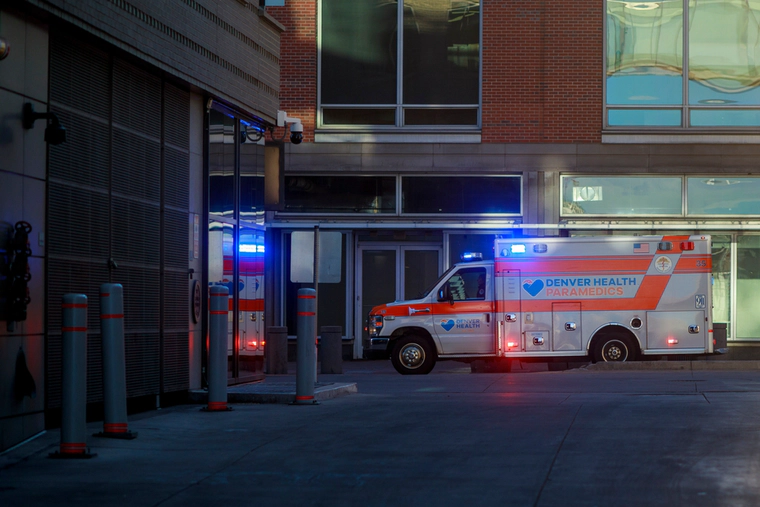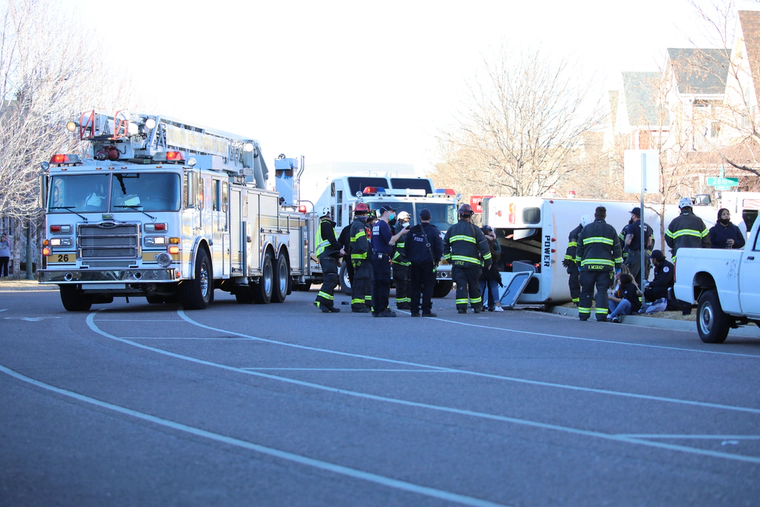Marijuana Exposures Among Colorado Children on the Rise
Given that lives are on the line, it’s worth our time to analyze, address, and attempt to overcome the harmful effects of poorly regulated, poorly monitored, and poorly executed cannabis legalization efforts.

“Marijuana Exposures Among Colorado Kids Have Soared Despite Efforts to Stop Them.” That is the breaking news headline from a February 2023 report highlighting one of the proven downsides of cannabis legalization. When cannabis is legalized, at least in Colorado, youth exposure to cannabis goes up. In 2017, 35 children ages five or younger in Colorado were unintentionally exposed to marijuana through edibles. But in 2021, 97 children in this age bracket were exposed, almost triple the 2017 figure.1
And those are just the exposure figures for edibles. Other forms of cannabis exposure also skyrocketed, suggesting children in Colorado are more at risk for exposure to cannabis following legalization.
The Report Sheds Light on One of the Downsides of Cannabis Legalization
Recently, an analysis of youth cannabis exposures in Colorado found that “The number of reports the Rocky Mountain Poison and Drug Safety office received of kids age 5 or younger exposed to marijuana skyrocketed from 56 in 2017 to 151 in 2021. By 2021, this age group made up nearly half of all [poisoning-related] marijuana exposures.” 2
While the word ’exposure’ does not necessarily mean children were poisoned by cannabis consumption or suffered an overdose, ’exposure’ does mean the children were exposed to the drug in a way that the drug was either ingested, inhaled, or absorbed through the skin of the child. Children were often exposed via edibles like gummies, cookies, drinks, and other products infused with the psychoactive chemical tetrahydrocannabinol, or THC.

Edible cannabis exposure among children soared from 35 in 2017 to 97 in 2021. Total cannabis exposures soared from 56 in 2017 to 151 in 2021.
Colorado regulators are concerned about the surge in youth exposure. “Marijuana laws and regulations are regularly evaluated by lawmakers, state agencies, local agencies and the various stakeholders,” says Shannon Gray, a spokesperson at the Marijuana Enforcement Division, which regulates the marijuana industry in the state. “A top priority is preventing youth access, and to the extent we see opportunity in rules to address youth access, we do so.” However, Colorado health officials have not yet conveyed any plans to revise the regulations meant to prevent children from consuming cannabis or from being exposed to it.
The existing regulations designed to safeguard children from cannabis products include:
-
The words “candy” and “candies” are not allowed on the packaging.
-
No edibles may be manufactured in the shape of humans, animals, or fruit.
-
All edibles must be sold in child-resistant packaging regardless of their type.
-
Critically, cannabis advertising must not include cartoons or anything meant to appeal to children.
-
The universal symbols for THC (! THC) must be prominently placed on all packaging and stamped on products.
Colorado has also implemented its Retail Marijuana Education Program, established in 2014 and designed to teach Coloradoans about safe, legal, and responsible cannabis use. Part of the program advises parents on how to store cannabis products in safe, locked areas, away from children. While the program is seen as a step in the right direction, it’s difficult to determine if it will effectively bring youth cannabis exposure down.3
Child Exposures are Not the Only Cannabis-Related Harm Facing Children in Colorado

Cannabis-impaired driving is one of the critical harms connected to legalization in Colorado. According to the Colorado Department of Transportation:4
-
Marijuana-intoxicated drivers cause at least 8% of all fatal crashes in Colorado.
-
Each year, between 17% and 22% of cannabis users report driving within 2-3 hours of using cannabis.
-
Every year, 30 to 60 people die in car crashes in which at least one driver tests positive for cannabis.
In addition to protecting children from physical exposure to cannabis, Colorado regulators and public health officials must do everything possible to keep children safe from other side effects of cannabis legalization (like the increase in cannabis-intoxicated driving).
States and Families Have the Mandate to Keep Children Safe
According to the National Poison Data System, nationwide child exposure to cannabis increased from 207 reported cases in 2017 to 3,053 reported cases in 2021, an alarming increase that parallels a surge in legalization efforts during that same period. Looking to the future, states considering legalizing cannabis must consider the effect that doing so will have on the children. States must consider and implement policy measures and safety regulations to keep children protected.5
Children are the nation’s future, and no legalization effort or public health policy should be implemented that puts them in danger.
Sources:
-
USNews. “Marijuana Exposures Among Colorado Kids Have Soared Despite Efforts to Stop Them.” U.S. News, 2023. usnews.com ↩︎
-
CDOH. “Poison Center data.” Colorado Department of Health Poison Control Center, 2022. marijuanahealthreport.colorado.gov ↩︎
-
CDOPHE. “Marijuana: Education and youth prevention resources for community agencies.” Colorado Department of Public Health & Environment, 2023. cdphe.colorado.gov ↩︎
-
CDOT. “Just the Facts: Marijuana-Impaired Driving in Colorado.” Colorado Department of Transportation, 2022. codot.gov ↩︎
-
Pediatrics. “Pediatric Edible Cannabis Exposures and Acute Toxicity: 2017–2021.” American Academy of Pediatrics, 2023. publications.aap.org ↩︎







 ®
®